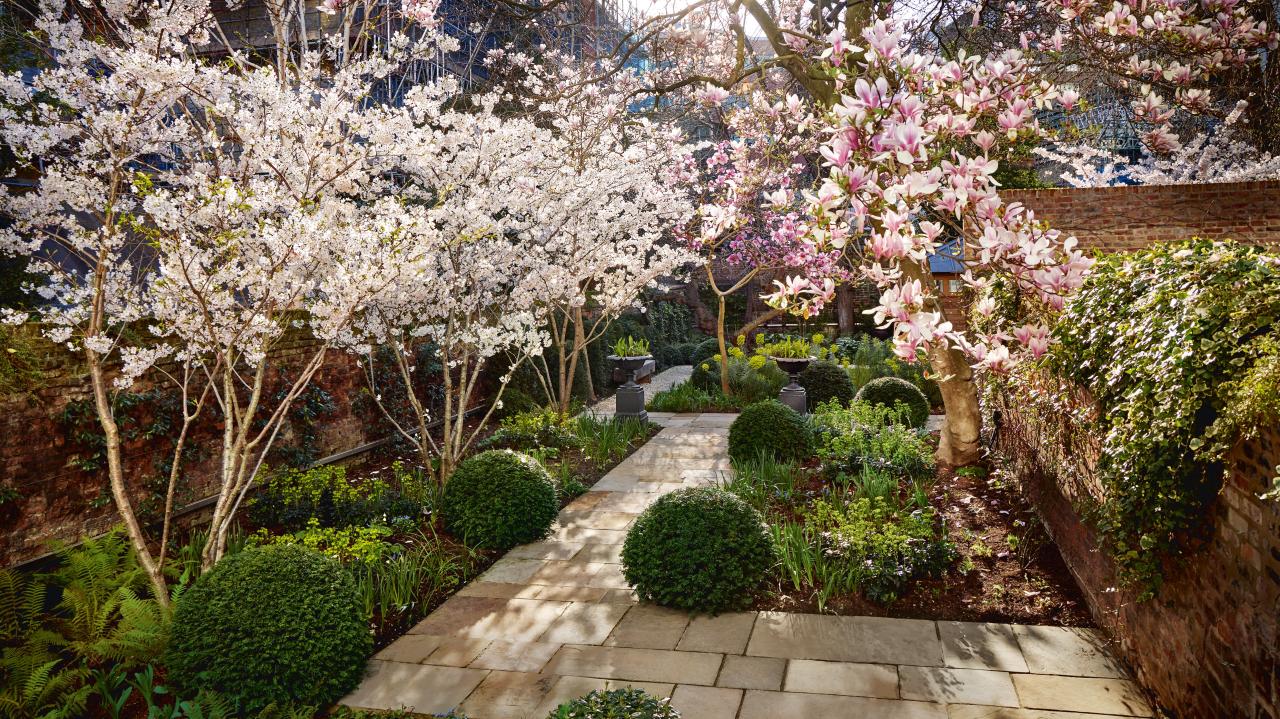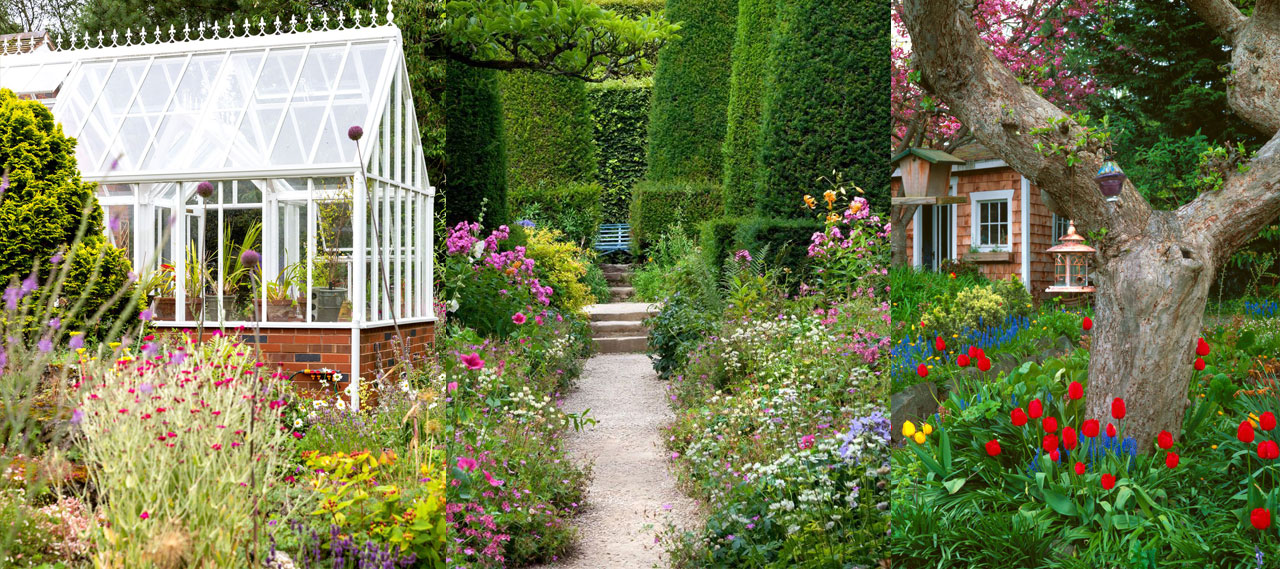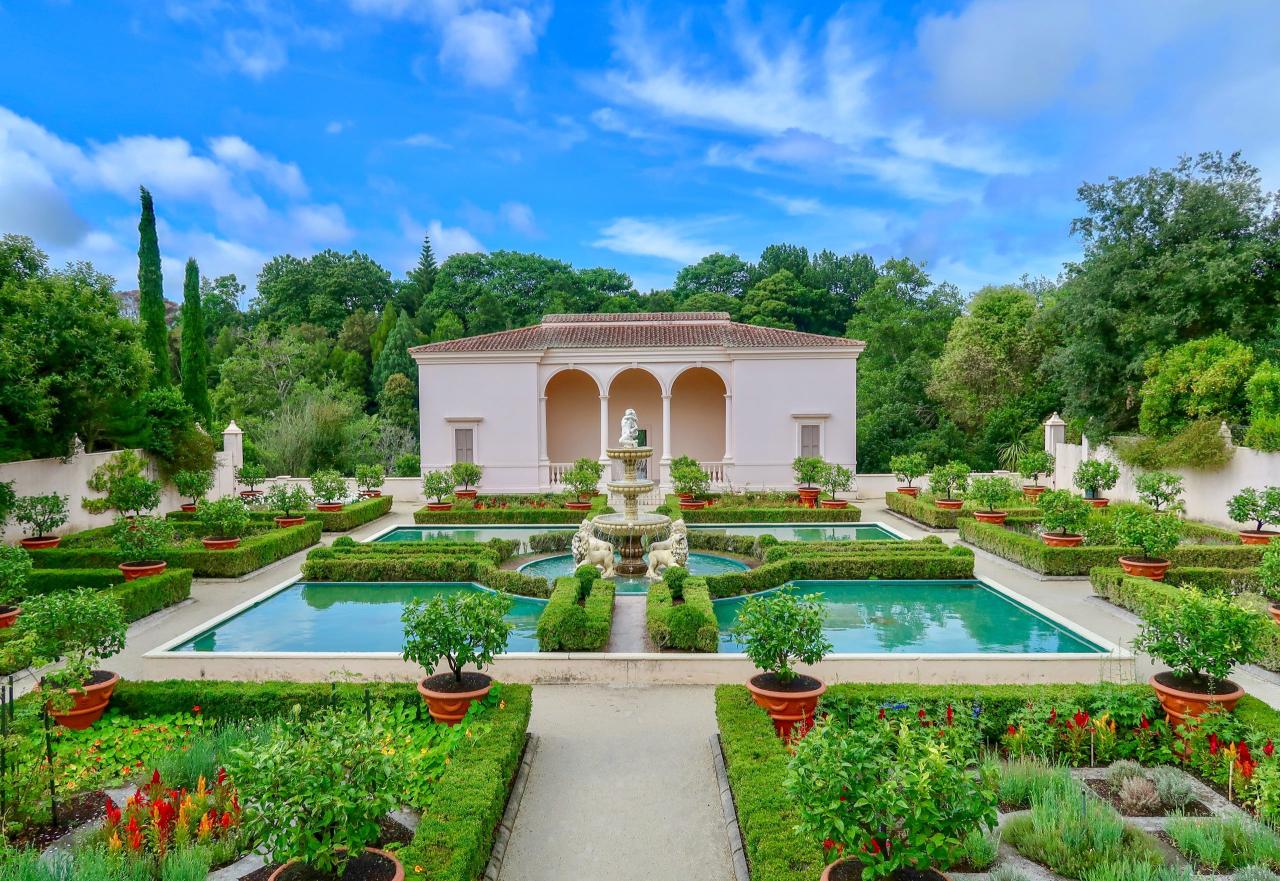Balancing Form and Function: The Art of Landscape Architecture

Landscape architecture is a discipline that seamlessly merges the art of design with the science of planning to create outdoor environments that are not only visually captivating but also functionally sound. It is an art form that beautifully blends aesthetics and practicality to shape our outdoor spaces. In this article, we will delve into the world of landscape architecture, exploring the delicate balance between form and function that defines this unique profession.
- Design as the Backbone:The design is at the heart of landscape architecture. Landscape architects are trained to think creatively and artistically, envisioning outdoor spaces that are both aesthetically pleasing and functional. They work with various elements, including plants, hardscapes, and water features, to create a cohesive and harmonious design.
- Practicality and Utility:While aesthetics are vital, landscape architects never lose sight of the practical aspect. Outdoor spaces must serve a purpose, whether it’s for recreation, relaxation, social interaction, or environmental conservation. Ensuring that the landscape functions as intended is a crucial part of the profession.
- Harmony with Nature:Landscape architects take great care in harmonizing the design with the natural environment. They strive to preserve and enhance the existing ecosystems, incorporate sustainable practices, and use native plants to reduce environmental impact.
- Spatial Planning:Landscape architects are experts in spatial planning. They analyze the site, understand the needs of the users, and create layouts that make the best use of the available space. The placement of walkways, seating areas, and other elements is carefully considered to ensure convenience and accessibility.
- Material Selection:The choice of materials plays a significant role in the form and function of a landscape. Landscape architects select materials for their durability, aesthetic qualities, and environmental impact. This includes hardscape materials for pathways, walls, and other structures.
- Environmental Sustainability:Sustainable design is a growing focus in landscape architecture. Landscape architects design landscapes that conserve resources, reduce water usage, and support biodiversity. This approach benefits both the environment and the long-term functionality of the landscape.
- Elevating the Human Experience:Landscape architects understand the importance of creating outdoor spaces that enhance the human experience. They consider factors such as color, texture, and sensory elements like scents and sounds to evoke specific emotions and enrich the user’s connection with nature.
- Adaptation and Flexibility:Outdoor spaces evolve over time, and landscape architects must anticipate this change. They design with adaptability in mind, ensuring that the landscape can accommodate future needs and developments.
- Innovation and Technology:Landscape architects embrace technology to enhance the form and function of outdoor spaces. This includes using computer-aided design (CAD) software, sustainable technologies like smart irrigation systems, and 3D modeling to visualize the design.
- Collaboration with Other Disciplines:Landscape architects often collaborate with architects, engineers, ecologists, and other professionals to create well-rounded and sustainable outdoor spaces. This interdisciplinary approach ensures that form and function are seamlessly integrated.
Conclusion:
Landscape architecture is a multifaceted discipline that harmonizes art, science, and practicality to create outdoor environments that are both visually appealing and functionally sound. The delicate balance between form and function is the essence of landscape architecture. By embracing sustainable practices, preserving the natural environment, and focusing on the user experience, landscape architects shape outdoor spaces that inspire, engage, and improve the quality of life. In the hands of a skilled landscape architect, a simple patch of land can be transformed into a masterpiece of form and function, adding beauty and purpose to the world around us.




